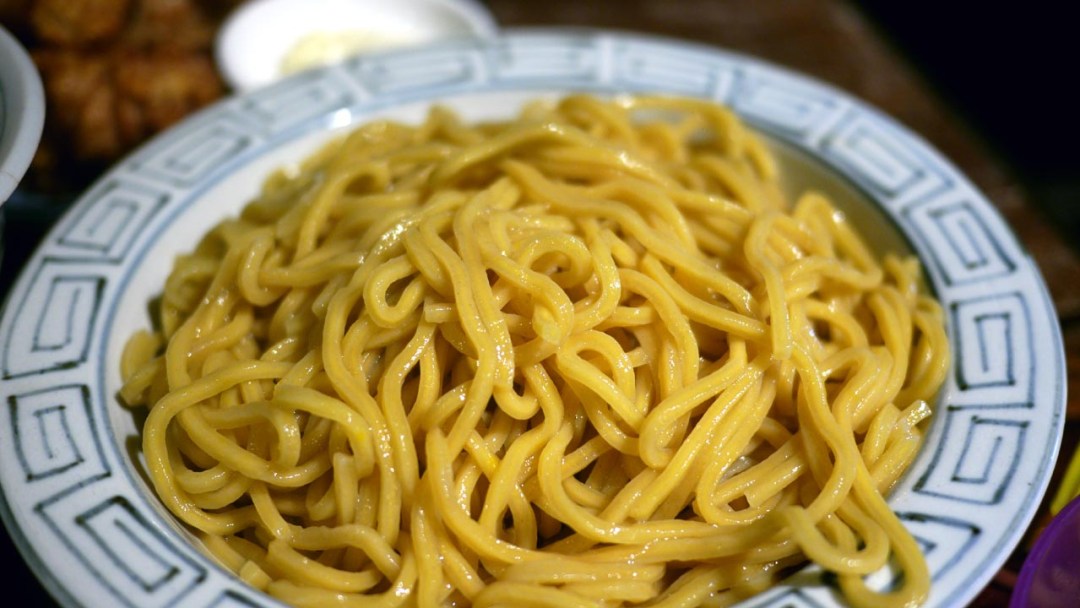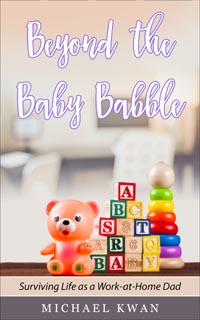Equating excellent Japanese ramen to instant cup noodles is like drawing a parallel between handmade Italian pasta and Chef Boyardee. There’s just no comparison. Now, don’t get me wrong. There’s a time and a place for instant noodles and canned ravioli, but once you’ve had a taste of the good stuff, it’s really hard to go back. And great ramen doesn’t have to be expensive either.
To my recollection, and it’s entirely possible I’m viewing this memory through rose-tinted glasses (and taste buds), the best bowl of ramen I have ever eaten was at a random truck stop off some highway between Tokyo and Hakone in Japan. I can’t remember any of the specifics other than my intense enjoyment of such (deceptively) simple and humble food. And here in Vancouver, many ramen shops have popped up in the last 10 to 15 years aiming to recreate such an experience.

For the longest time, though, if you wanted some of the best ramen that the city had to offer, you had to make the trek downtown to the far end of Robson Street. Unofficially dubbed the Ramen District, this is where you’ll find places like Kintaro, Motomachi Shokudo, and Marutama. Once upon a time, Kintaro opened a second location in Richmond, but it didn’t last very long. There are some places in Richmond worth trying now and it looks like we may be seeing the beginnings of another ramen congregation on West Broadway.
Just as the once Robson-bound Benkei Ramen opened up a location near Broadway and Cambie, Hokkaido Ramen Santouka has now opened a location directly across the street at 558 West Broadway.

If you’re unfamiliar with ramen and want to familiarize yourself with some of the dishes and terminology, you’ll find several bowls on display at the front window. These are all fake, of course, but they’re a good starting place for the uninitiated.
The dining room is not particularly large, seating about 40 people, so you might have to wait for a table during busier times. I will say that the inside of the West Broadway location is decidedly airier and better ventilated than the location on Robson, which can get very warm and stuffy, especially on hot summer nights.
Several of the decor items at the West Broadway spot celebrate the Ainu indigenous people of Hokkaido and northeastern Honshu. Ainu culture is distinct from what we may otherwise perceive as “mainstream” Japanese culture, though there is certainly some overlap.

The menu is practically identical to the Robson location. So, instead of some of the more unique and creative soup bases offered at The Ramen Butcher in Chinatown, Hokkaido Ramen Santouka largely sticks to the three standards of shio (sea salt), shoyu (soy sauce), and miso (soybean), plus a spicy variant of miso called kara miso.
For each bowl, you can downsize to a small and save a buck or upgrade to a large for an extra dollar. From what I can gather, that really only affects the amount of noodles you get. You can also get extra chashu pork for about $2 or $3 more, plus extra toppings, side dishes, drinks and so forth.

Speaking of appetizers and side dishes, we decided to bolster our meal with an order of Chicken Zangi, which is exclusive to the West Broadway location. It’s fundamentally the same as chicken karaage (fried chicken), but it’s the Hokkaido recipe.
For $6, you get about a half dozen nugget-sized chunks of boneless chicken. The meat was moist and juicy, though I would have preferred a different dipping sauce. This one reminded me of tartar sauce.

The shio ramen ($11.95 + $1 for large) arrived in a modestly-sized bowl (maybe around 8-inches in diameter), but it was packed with noodles. It came with two slices of pork — one lean (shoulder) and one fatty (belly) — as well as one slice of naruto (I got the end piece), some menma (bamboo shoots), wood ear mushroom, green onion, and a small preserved plum.
The thinner noodles had a decent “bounce” to them and the broth was flavorful without being too heavy. This is a solid bowl of ramen.

Almost every time that we’ve gone to the Hokkaido Ramen Santouka on Robson, I’m fairly certain I ordered the tsukemen dipping noodles (about $13). You get a larger order of noodles and the more robust (read: saltier) soup base is placed on the side. Dip the noodles in the soup and enjoy. This is a good option in the summer.

The noodles are different from what you get with the regular bowls. They’re thicker and, since they’re not sitting in hot soup (and continuing to cook), they tend to retain more of their natural chew.

For the soup base, you can choose between the regular or the spicy; we opted for the regular. Instead of two large slices of pork, the broth that accompanies the tsukemen gets several smaller chunks of pork. This is the same as the other location. There’s also a whole ajitama soft-boiled egg, some menma, wood ear mushroom and green onion.
While I can’t exactly pinpoint why, the broth at the West Broadway location tasted different from what I remember from the Robson location. It was off and just not as satisfying for some reason.

In my neck of the woods here in Burnaby Heights, my main options for ramen are Hakkaku and Kamamarui, both found on the stretch of Hastings Street between Boundary and Willingdon. They’re both perfectly decent if not exceptional, making it hard to justify the journey to downtown’s ramen district.
We took the trek to try Hokkaido Ramen Santouka on West Broadway, because we were hoping it’d be as excellent as the one on Robson Street. It’d be marginally closer and more convenient. In the end, while it was still pretty good, I think we still prefer the original downtown spot, despite the smoldering heat and downtown traffic.
The total bill, including tax and gratuity, came to around $37.





Recent Comments